

The sun-drenched beaches of Exuma gleamed as brightly as the skin of the world-famous supermodels stretched out on yachts or dancing around flickering fires in the promotional video for Fyre, the glamorous music festival turned shambles turned scam that became the subject of the Netflix documentary Fyre: The Greatest Party That Never Happened.
The likes of Bella Hadid, Kendall Jenner and Emily Ratajkowski, all of whom have significant followings on Instagram and other social networks, were co-opted by the festival organiser Billy McFarland – now serving six years in prison for fraud – into posting plain orange squares to Instagram in a campaign to build anticipation for the festival, which it was promised would be held in the Bahamas in 2017.
The models were just a handful of several hundred social media influencers – people with clout on apps like Instagram, Twitter and Snapchat – who helped promote the campaign into the news feeds of users, who paid thousands of dollars for tickets, turned up expecting gourmet food, luxury accommodation and A-list headliners but found emergency tents, cheese rolls and squalor instead.
Tellingly, many of the influencers – whose posts were made in exchange for cash or tickets to the aborted event – failed to declare their connection with the organisers as required by the marketing rules governing social media. Few used the necessary “#ad” hashtag and those who did often tried to bury it beneath a mountain of other hashtags in the hope that it would slip through unnoticed.
Not surprisingly the Fyre scandal has put “influencer marketing” firmly in the spotlight. The economics behind influencer marketing and so-called “sponcon” (sponsored content) are simple. A business – for example, a cosmetics manufacturer – approaches a social media influencer with a large following, either directly or through intermediaries set up to broker “brand deals”. There’s big money involved: Kendall Jenner’s Fyre endorsement was reported to have netted her $250,000. But even smaller influencers can make a living from deals. Brands offer money or gifts in kind for the influencers to mention their products in posts or display them to followers. It’s an unfiltered, largely unregulated space, and better yet, it’s used by a young demographic with plenty of disposable income.
Legally, influencers are meant to declare that this is a business transaction – either by including the hashtag #ad in a prominent position, or by using a tag specially created by Instagram which labels the post as paid partnership, and mentions the brand below the influencer’s username. In practice, few do.

And to date, social networks like Instagram haven’t been too bothered. “Having posts with large text around it or different images that label it as branded makes for a very different user experience – and their cachet is based around user experience,” says Mariann Hardey, a Durham University assistant professor in marketing, and sceptical as to the power of legislation. “Any level of regulation and legislation has to respond to international law, which is very difficult to do.”
But things are changing, following the events of recent weeks. First the Netflix documentary about the Fyre festival associated the practice with charlatanism; then the UK’s Competition and Markets Authority (CMA)announced it had brought 16 celebrities, including Ellie Goulding, Rita Ora and Alexa Chung, to heel for failing to disclose payments or gifts in exchange for mentioning products and companies on social media.
But getting the agreement of 16 people to police themselves is a tiny advance. The influencer marketing industry is estimated to be worth $6.5bn this year, according to analysts NeoReach. People with just a few hundred followers can command (small) fees for mentioning products. There are hundreds of thousands of influencers worldwide. With this volume of content, as we’ve seen in other areas of social media, self-regulation may prove futile.
However, some follow the rules. Matthew Spade has nearly 50,000 followers on Instagram who lap up his carefully curated images of men’s fashion and lifestyle. He averages around two or three paid partnerships every month – and posts every day or two. When I speak to him on the day of the CMA’s announcement, he is surprised. “I thought we’d all been doing this for ages,” he says. “Where’s the credit for the people who have been doing it right?”
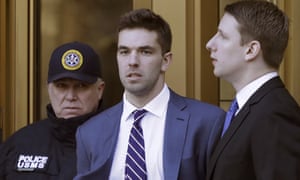
Spade doesn’t understand why influencers would try to hide any transactions in exchange for posts. “People owe it to their audience to be as transparent as possible, and it makes for an easier relationship with your audience if everything is laid out on the table,” he says.
There’s a transatlantic divide in attitudes to disclosure of payment or gifts, says Olivia Allan, an influencer talent agent who formerly worked at Social Circle, a company based in east London that brokers deals between brands and social media celebrities. “The current legislation in place in the UK is much stricter with influencer marketing than other forms of marketing because it’s such a new thing,” she explains. “UK influencers are overly cautious now.” However in the US attitudes are different. “They don’t care,” she says. “It’s crazy. I work really closely with US talent agents and say: ‘Make sure you put #ad’, and they’re like: ‘Oh no, we don’t do that here.’”
Allan is uncertain whether US influencers feel less of an obligation to be properly open about advertising because the size of the market in America makes it much harder to track down, or because audiences are more tolerant of being sold to by stealth. But it happens – and particularly among bigger influencers. “You see it with the Kardashians and flat tummy teas” – a campaign where the reality TV stars and Instagram celebrities shilled the ability of a cup of tea to shed inches from your waistline. (Anyone who’s walked down a British high street knows that can’t be correct.)
Even in the UK, there’s a gulf in how seriously people take the rules depending on whether it’s their sole income or not. “Not to single out anyone by name, but if you go to the social media profiles of some of the world’s largest footballers, you can see they don’t put any paid partnership disclaimers or any #ad mentions,” says Ben Jeffries of Influencer, an influencer marketing platform he set up with big YouTuber Caspar Lee. Any potential fine from the CMA or Advertising Standards Authority (ASA) is likely to look like little more than a rounding-down error in a footballer’s paycheck.
Z-list reality TV celebs are another thorn in the side of influencer marketers. “People off Love Island or the Made in Chelsea girls aren’t as strict with it because it’s not their livelihood,” says Allan. “If something goes wrong and they need to delete the post and give the money back, they’ve still got a stream of income. They are the problematic ones.”
Despite the honest ‘grammers and the self-regulation initiatives, the platform remains a wild west. Allan recently spoke with the director of a small brand making boxes full of influencers’ favourite products, which they could then sell to their fans. The brand and influencer would split the income from sales. Allan warned her that she could fall foul of ASA rules on influencer marketing. The director claimed she wouldn’t be culpable as it was a collaboration. “She said: ‘What can they do?’” Allan recalls. “I was like: ‘They’ll send you a stern email. They can file a report and put your name on a website – but do people really check the ASA website before working with bloggers?’”
The director’s response was blunt. “She was literally like: ‘Unless they can put me in prison, I don’t care.’”
It’s an open secret that many companies try to dissuade influencers from mentioning that a post is an ad out of fear that fewer people will engage with it. When surveyed last year, a third of brands admitted they don’t disclose paid partnerships with influencers.
Influencers like Amelia Liana, a lifestyle Instagrammer with more than 500,000 followers, have been asked to drop the #ad from their sponsored posts – but she always says no. “No one wins if the advert isn’t declared properly,” she says. “While the brand and I can get into trouble, my audience are very switched on and would know instantly. The last thing I would ever want to do would be to deceive my audience.”

However, she says, it does happen. “I always wonder who made the decision for it not to be labelled,” Liana says. “Is it the brand themselves or is it the social media account owners being concerned that #ad would affect the engagement?” According to a 2017 paper by Nathaniel J Evans, assistant professor of advertising at Grady College, University of Georgia, and other researchers, Instagram users reacted more negatively to clearly labelled ads, and were less likely to share the post. A separate survey of 4,000 consumers in the UK, France and Germany, commissioned by the marketing firm Bazaarvoice, last year found that nearly half are “fatigued” by the bombardment of ads on social networks.
“I guess some brands may think it looks a bit crass,” says Spade. But he sees no difference in engagement on his sponsored posts and non-sponsored ones. Indeed, sometimes the ads do better. “There’s some thinking that if you’re working on a paid partnership, you might put more thought into it, and the content could be better or more engaging,” he says. And besides, he adds: “A lot of people can sniff out an ad easily. It’s just nice to know it is.”
For once, a big social network isn’t really the bad guy: no money changes hands on Instagram for sponcon, and it doesn’t take a cut. “The partnerships we’re doing are brand-to-brand and we just use Instagram as a vehicle,” says Spade. “We’re almost doing freelance work and using Instagram as the way to make money. Instagram isn’t a part of that.”
However, Spade reckons Instagram needs to take some responsibility. While it introduced the paid partnership tag in October 2017 to make it easier for influencers to disclose deals, it’s done little more than that. (And besides, the use of “paid partnership” is a confusing one, says Evans. “To you and me paid partnership is clear but to the vast majority of the population, it might not be.” ) Spade would welcome Instagram barring users who flout the rules. “I think it’s only going to work if we almost publicly see people being told off,” Evans says. “Be that from a fine or a ban from working on paid partnerships. I guess examples need to be made to [demonstrate] that they’re taking it seriously.”
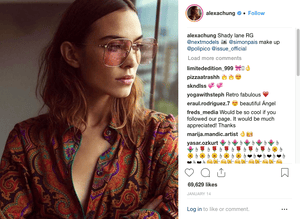
Evans isn’t sure that would be enough. “Efforts being made at a platform level to increase transparency for consumers are good,” he says. “However my sources at the FTC [the US Federal Trade Commission, the American equivalent of the ASA] would state that they don’t give those efforts any credence.”
Implementing anything stronger will be difficult. For one thing, it’s not just the influencers receiving money and not declaring it whom users and watchdogs have to keep an eye on. It’s also the people trying to kickstart a career as an influencer by pretending to be sponsored by brands, too. Teenagers hoping to score brand deals are faking it until they make it, buying the latest perfume, clothes and trainers and thanking brands on Instagram for the gift in the hope that competitors will send them free stuff.
It’s a challenging task for regulators and platforms alike. The industry itself is trying to set its house in order: before Christmas, a group of influencer marketing professionals, among them Jeffries, set up an industry body, the Business of Influencers, which aims to work with the ASA and CMA to develop best practice and see off shysters.
But the battle is nearly impossible to win. Children dream of becoming famous influencers, and will do anything to make it. Those for whom “influencer” is just one branch of a hyphenated job title that includes “footballer” or “star of Love Island” won’t care enough about the consequences to follow the rules. And Billy McFarland will get out of prison eventually. When it comes to influencer marketing: caveat emptor.
The Guardian

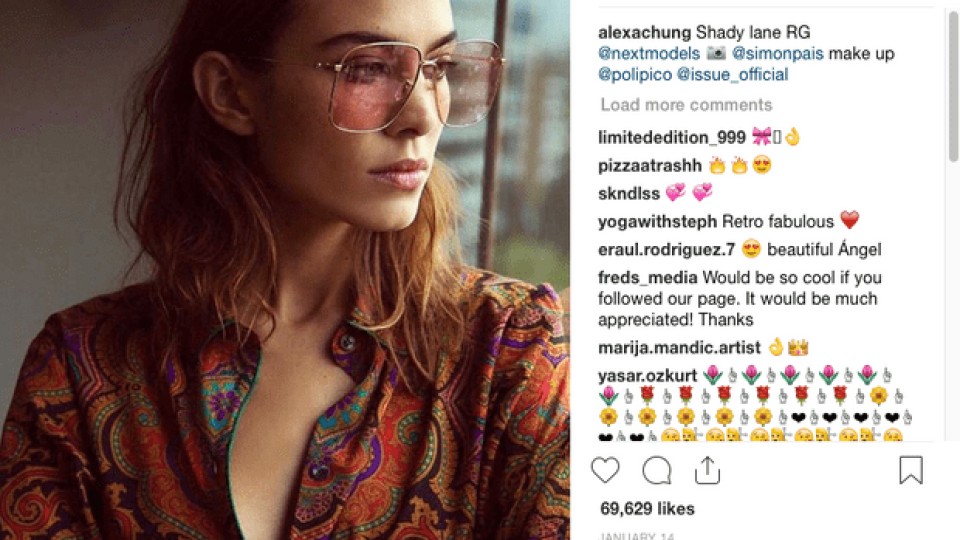
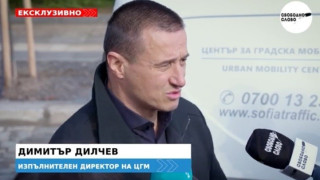






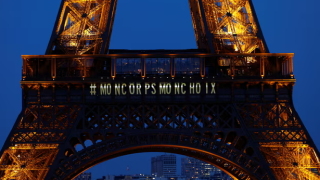
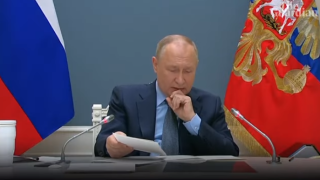
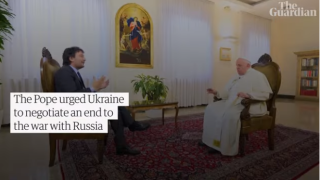

Leave a comment